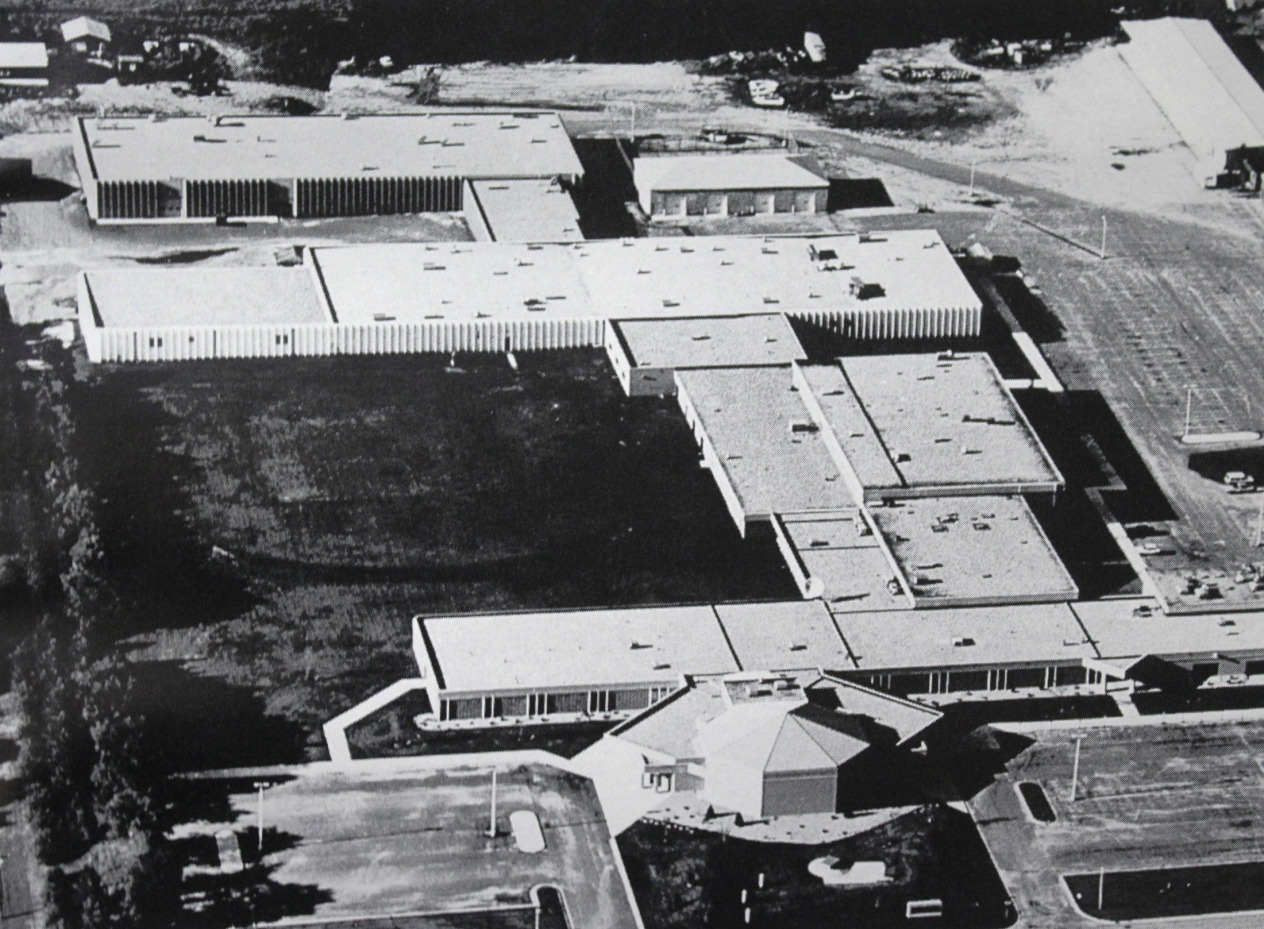Title
RADT2268 - Mammography Clinical
Description
Description
The emphasis of this clinical rotation will be on positioning and manipulation of mammographic equipment and accessories during imaging procedures of the breasts. This course will also address quality improvement procedures specific to mammography equipment and procedures.
API ID
Credits
4 (0/0/4)
Prerequisites
- ARRT Certification in Radiography
- RADT2258
Competencies
- Demonstrate competency in mammographic procedures by meeting the American Registry of Radiologic Technologist (ARRT) requirements.
- Execute mammographic procedures under the appropriate level of supervision.
- Perform and record data for required quality control procedures.
- Use professional communication consistently with instructors, peer groups and members of the health care team.
- Provide patient-centered clinically effective care for all patients regardless of age, gender, disability, special needs, ethnicity or culture.
- Integrate the use of appropriate and effective communication with patients, the public and members of the health care team in the clinical setting.
- Use patient education strategies appropriate to the comprehension level of the patient.
- Adapt procedures to meet the needs of a variety of patients.
- Assess the patient and record clinical history.
- Apply standard and transmission-based precautions.
- Apply the appropriate medical asepsis and sterile technique.
- Demonstrate competency in the principles of radiation protection standards.
- Examine procedure orders for accuracy and make corrective actions when applicable.
- Demonstrate safe, ethical and legal practices.
- Maintain patient confidentiality standards and meet Health Insurance Portability and Accountability Act (HIPAA) requirements.
- Adhere to standards, policies and procedures regarding care of patients.
- Select technical factors and equipment needed to produce quality diagnostic images with the lowest radiation exposure possible.
- Critique images for appropriate anatomy, image quality and patient identification.
- Determine corrective measures to improve inadequate images.
